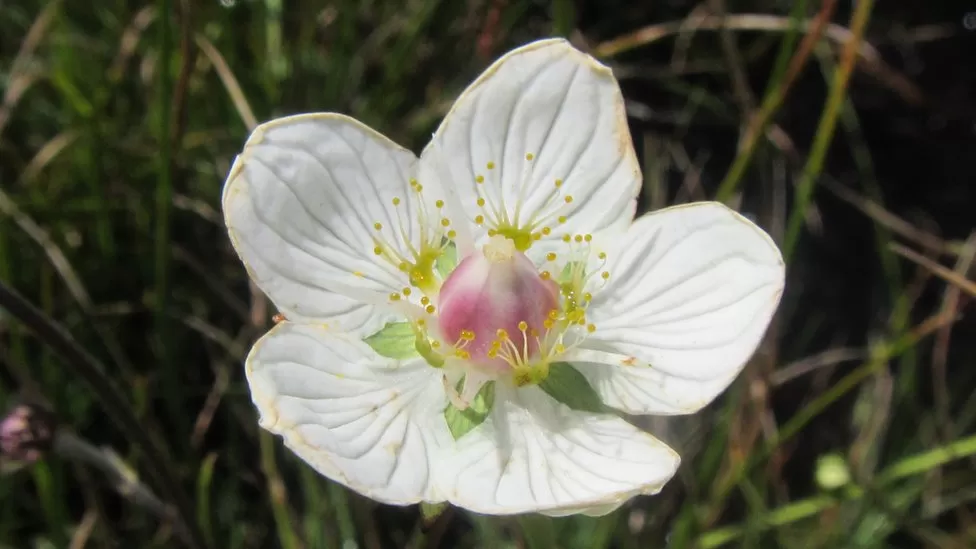Origami, the ancient Japanese art of paper folding, has captivated enthusiasts worldwide with its intricate designs and timeless appeal. Among the myriad creations that can be crafted through origami, flowers stand out as perennial favorites. The delicate beauty and symbolism associated with flowers make them a popular choice for both beginners and seasoned origami artists.
Origins of Origami and Its Relation to Flowers
Origami, derived from the Japanese words “ori” (folding) and “kami” (paper), traces its roots back to ancient Japan. The art form gained prominence during the Edo period (1603–1868), and over time, various folding techniques and designs emerged. Flowers, with their natural elegance and variety, became a central theme in origami, symbolizing beauty, nature, and the changing seasons.
Choosing the Right Paper for Your Flowers
Before diving into the world of origami flowers, it’s crucial to select the appropriate paper. The choice of paper greatly influences the final result, affecting the flower’s shape, texture, and durability. When working on intricate designs like flowers, opt for thin and pliable paper to achieve the desired delicacy. Specialized origami paper is available in a wide array of colors and patterns, providing ample options to enhance the visual appeal of your creations.
Getting Started: Basic Origami Flower Folds
The foundation of any origami flower lies in mastering fundamental folds. The flowers you create will be a testament to your understanding of these basic techniques. Begin with the classic valley and mountain folds, which form the building blocks for more complex flower patterns. As you fold, pay attention to precision and symmetry, ensuring a polished and professional result.
Creating a Simple Origami Rose
One of the quintessential origami flowers is the rose. Start by selecting a square piece of paper, preferably in a vibrant red or pink shade to mimic the natural hues of a rose. Begin with a preliminary fold, followed by successive folds to create petals. The flowers will gradually take shape as you refine each fold, bringing the intricate layers of the rose to life. This classic design is an excellent introduction to origami flowers and serves as a foundation for more intricate variations.
Branching Out: Exploring Advanced Origami Flower Designs
Once you’ve mastered the basics, challenge yourself with more complex origami flowers. Experiment with designs that incorporate multiple folds, intricate details, and varied shapes. The lily, orchid, and sunflower are popular choices for those seeking a greater challenge. Each design presents a unique set of folds and techniques, allowing you to expand your origami repertoire and create an impressive array of flowers.
Adding Realism: Techniques for Detail and Realistic Texture
To elevate your origami flowers to a new level of realism, focus on incorporating details and textures that mimic those found in nature. Experiment with techniques such as wet folding, which involves dampening the paper to create softer, more organic shapes. Additionally, consider adding creases, curves, and layers to imitate the intricate details of petals and leaves. These subtle touches contribute to a more lifelike and visually appealing result.
Origami Flowers as Decorative Elements
Origami flowers aren’t limited to standalone creations; they can also be incorporated into various decorative elements. Use your folded flowers to adorn greeting cards, create unique table centerpieces, or embellish gift wrappings. The versatility of origami flowers allows you to infuse a touch of elegance into various aspects of your life, transforming everyday objects into works of art.
Origami as a Therapeutic Practice: The Meditative Power of Folding Flowers
Beyond its artistic appeal, origami offers therapeutic benefits, making it a popular mindfulness practice. The repetitive nature of folding flowers can have a calming effect, promoting relaxation and focus. Engaging in origami as a meditative practice allows individuals to immerse themselves in the creative process, fostering a sense of accomplishment and stress relief.
Origami Flowers in Cultural Celebrations
Origami flowers play a significant role in various cultural celebrations around the world. In Japan, for instance, folded cherry blossoms symbolize the transient beauty of life, while in Chinese culture, origami lotus flowers represent purity and enlightenment. Incorporating origami flowers into cultural celebrations adds a personal and meaningful touch, connecting individuals to the rich traditions associated with this ancient art form.
Troubleshooting: Common Challenges in Origami Flower Folding
Even experienced origami enthusiasts encounter challenges during the folding process. Identifying and addressing common issues, such as misaligned folds or difficulty with intricate patterns, is essential for achieving the desired result. Patience and persistence are key; don’t be discouraged by initial setbacks. As you overcome challenges, your mastery of origami flowers will flourish.
Conclusion
Mastering the art of origami flowers is a rewarding journey that combines creativity, precision, and cultural significance. Whether you’re a novice seeking an introduction to the world of origami or an experienced folder looking to enhance your skills, the beauty of origami flowers lies in their universal appeal and timeless elegance. As you embark on this artistic exploration, let the delicate folds and vibrant colors of origami flowers inspire you to create a garden of captivating paper blooms.


